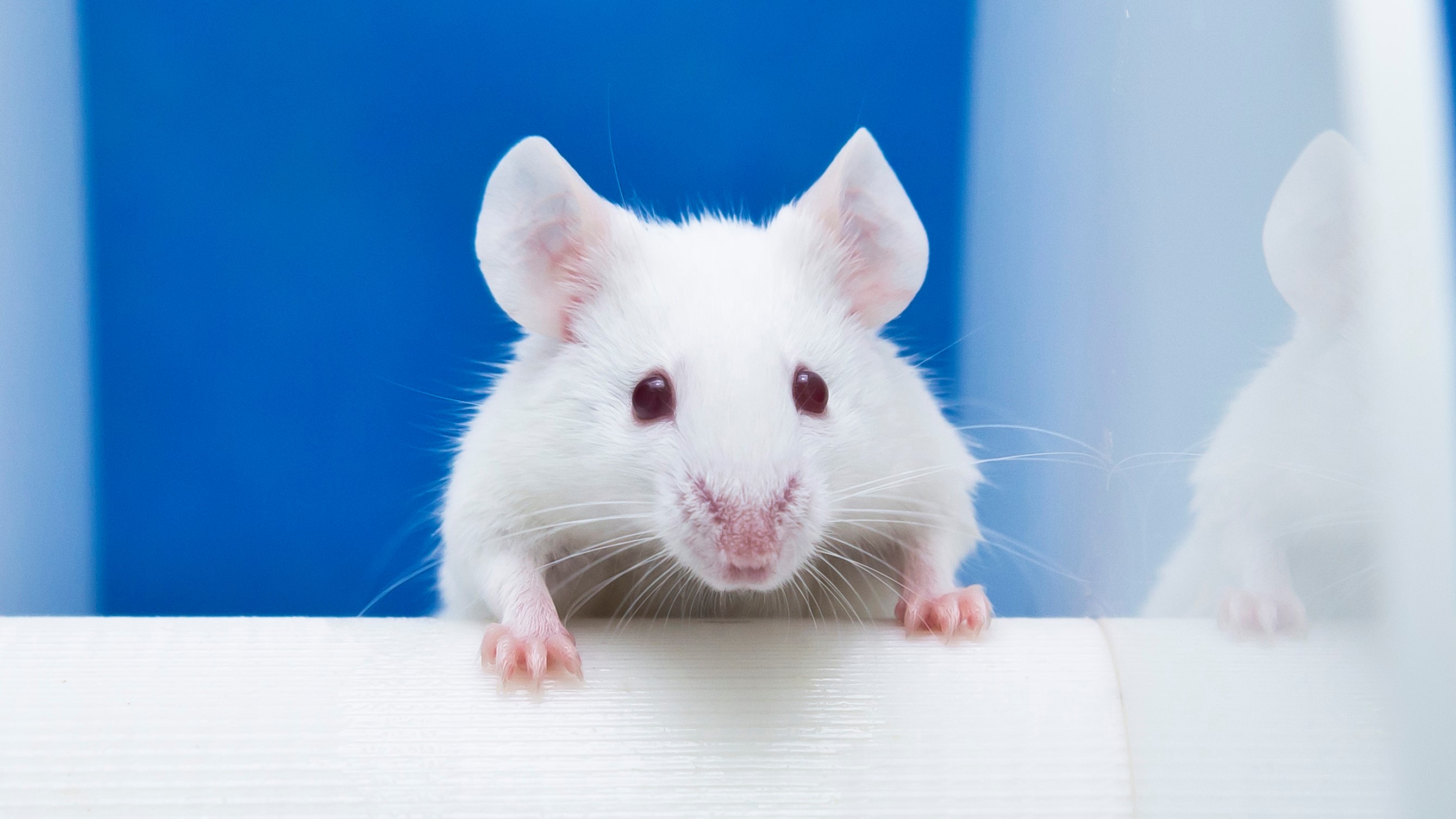An AI-generated image of a rat with unfeasibly large genitals made it into a peer-reviewed article, along with the caption 'dck'
Peer-reviewed it may have been, but I get a feeling those peers may have scanned a little too quickly over the images here.

Ordinarily, a scientific article entitled "cellular functions of spermatogonial stem cells in relation to JAK/STAT signaling pathway" would, at best, not gather a huge readership. However, when the article in question is furnished with some clearly AI-generated images, one of which featuring a rat with a quite frankly astonishingly large set of genitals, well, that'll do it folks.
The article was authored by three researchers in China, in corresponding authorship with the Dingjun Hao of Xi'am Hongui hospital, and published online in the journal Frontiers in Cell and Developmental Biology (via Ars Technica). However, those that took a closer look at the piece once it was published were astonished to discover an image of a rat with a penis and testicles so large, even the rat itself seems to be looking on in surprise.
While the unfortunate rodent certainly captured the attention, imagination and scorn of Twitter, it was far from the only obvious sign of AI-imagery that had inexplicably made it into a supposedly peer-reviewed work. The rat penis itself is labelled "dissliced", which my spellcheck and a quick online dictionary referral confirms is not a word, while another image is helpfully labelled 'dck', although mercifully doesn't appear to feature one.
Other AI-mislabelling hiccups include a misspelling of "stemm cells" and a label pointing towards the rats posterior labelled "Testtomcels", which again I had to search to make sure it wasn't an actual scientific term. Then again, I'm not a peer reviewing this article, so I guess I'm off the hook. Those that were, perhaps should have checked a little more carefully.
Ah go on, we'll show you the image now. Those of a more delicate disposition may wish to avoid the tweet below.
I can not stress this enough, unregulated GenAI will not only inhibit but also damage future progress not only in art but academia.Researchers published images with Generative AI. This was PUBLISHED in a peer-reviewed scientific journal. pic.twitter.com/bb0PDCf8iwFebruary 15, 2024
Well, we did warn you. The offending article was quickly called out on social media as obviously AI-generated, as no human being would...actually scrap that, some human beings might draw something so obviously grotesque, but certainly not in an academic work.
The real concern here is how something so blatantly incorrect and let's face it, inappropriate could pass the peer-review process that many have long regarded as sacrosanct. This is supposed to be the process by which academic works are checked and scrutinised by a team of experts in the same field, who will then verify to the best of their ability that the work is of a high quality and validate it for publication.
The biggest gaming news, reviews and hardware deals
Keep up to date with the most important stories and the best deals, as picked by the PC Gamer team.

Best gaming PC: The top pre-built machines.
Best gaming laptop: Great devices for mobile gaming.
If something so obvious as a rat with a really big...problem could pass under the eyes of its peers without note, then the potential for a less obviously AI-generated image to make it through the process and into the academic oeuvre seems that much more likely.
Given that AI image generation is now a mainstream activity, with many experimenting with the tools currently available, it stands to reason that a more subtle AI image could make it into other scientific pieces of work if it slipped past these supposedly rigorous checks. That, in turn, opens a whole can of worms in regards to the validity of data that can pass the academic process, and potentially become cited, referenced and part of the status quo.
For now, we can have a laugh at the poor astonished AI rat. But the potential ramifications for the scientific community, and the possibility of the proliferation of inaccurate AI-imagery amongst important scientific works, are certainly sobering thoughts indeed.

Andy built his first gaming PC at the tender age of 12, when IDE cables were a thing and high resolution wasn't—and he hasn't stopped since. Now working as a hardware writer for PC Gamer, Andy's been jumping around the world attending product launches and trade shows, all the while reviewing every bit of PC hardware he can get his hands on. You name it, if it's interesting hardware he'll write words about it, with opinions and everything.

